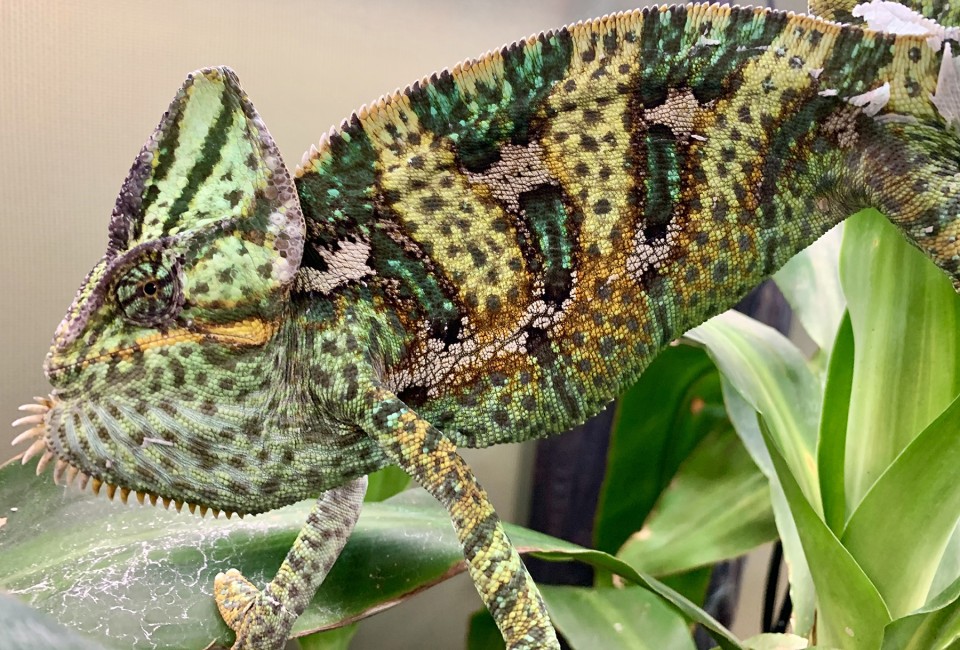
May 12, 2020
Chameleons: Masters of Adaptability – Part 1
- as seen by -
 Kevin Torregrosa
Kevin Torregrosa
This week, my son’s at-home lessons were focused on science – lucky for me! One concept that was highlighted was adaptability. Specifically, how do plants and animals adapt to the environments they live in. One of the first reptiles I thought of to help explain this concept to my first grader was the chameleon. Chameleons are fascinating animals and absolute masters of adaptability. They have so many unique features to help them survive that I knew it would be so much fun to explore them with my son to enhance our home learning.
A beautiful and adaptable chameleon is the veiled chameleon (Chamaeleo calypratus). How has this chameleon adapted to surviving in the woodlands of the Arabian Peninsula? The answer lies in the bizarre appearance that makes chameleons among the most easily recognizable reptiles.
Chameleons are arboreal, meaning they spend the majority of their time up in the trees. They are perfectly adapted to this lifestyle. Chameleons’ feet split at nearly a 180 degree angle allowing for a superior grip on the branches where they live. Another great climbing adaptation is the tail. Chameleons are some of the few lizards that have a truly prehensile tail. They can actually use it as an additional climbing appendage as they navigate the treetops. When not in use the tail curls up into the coiled shape.
My son and I are both thankful to the chameleons for providing such a perfect example of amazing adaptations in the natural world.
EDITOR’S NOTE: Kevin and his son will share other fun facts about reptiles from the zoo and the wild while herping from home in future posts on Wild View.
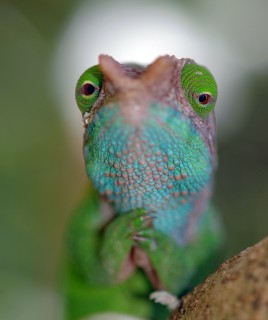
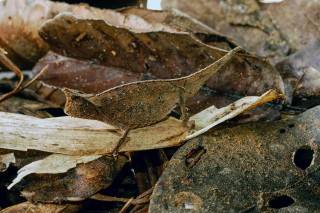
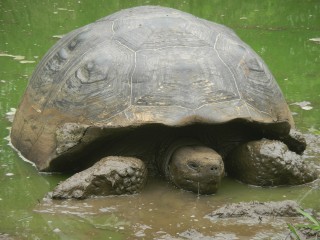
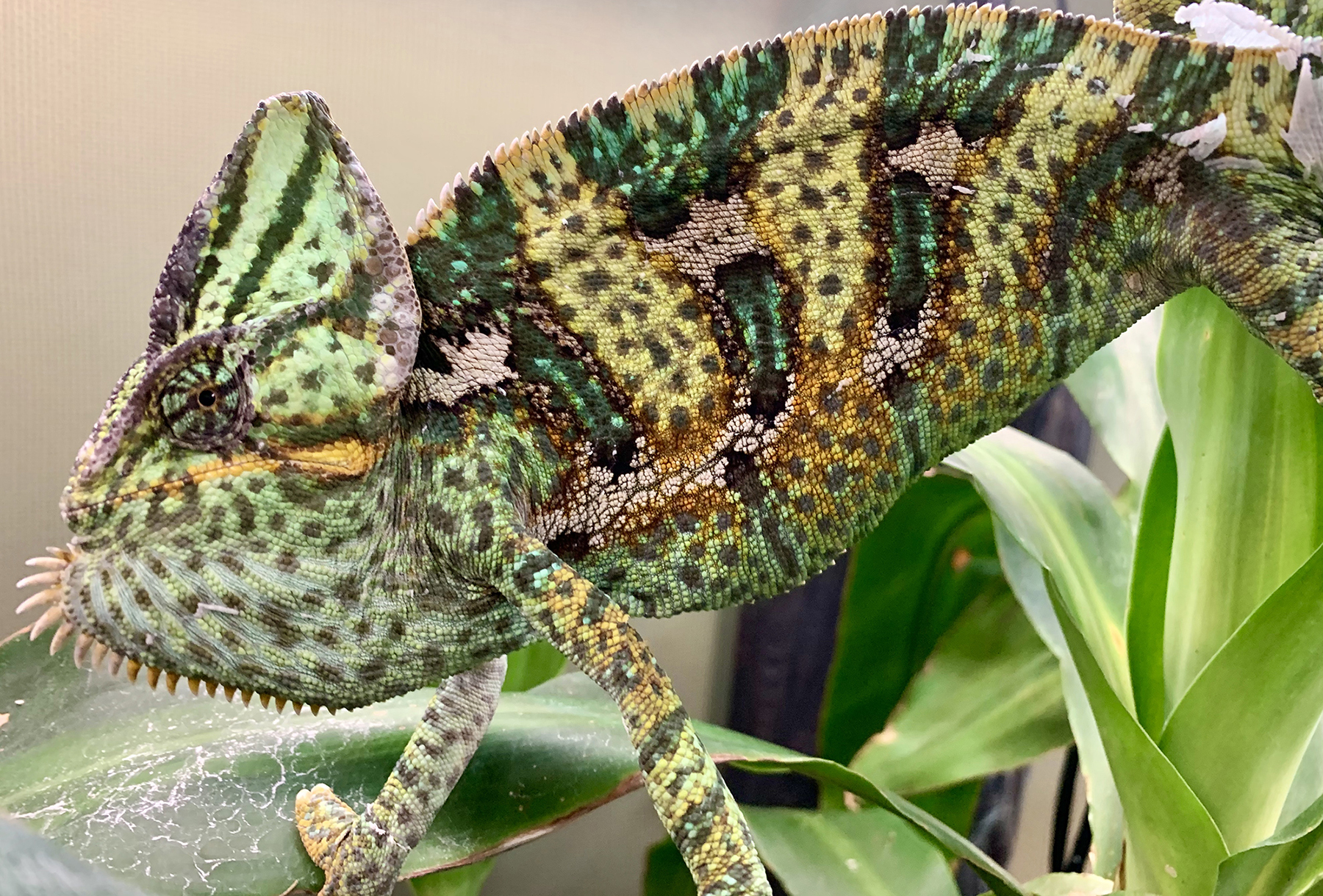
Leave a Comment
Why is it wcs.org?
December 5, 2025 at 12:06 pm
what does wcs stand for